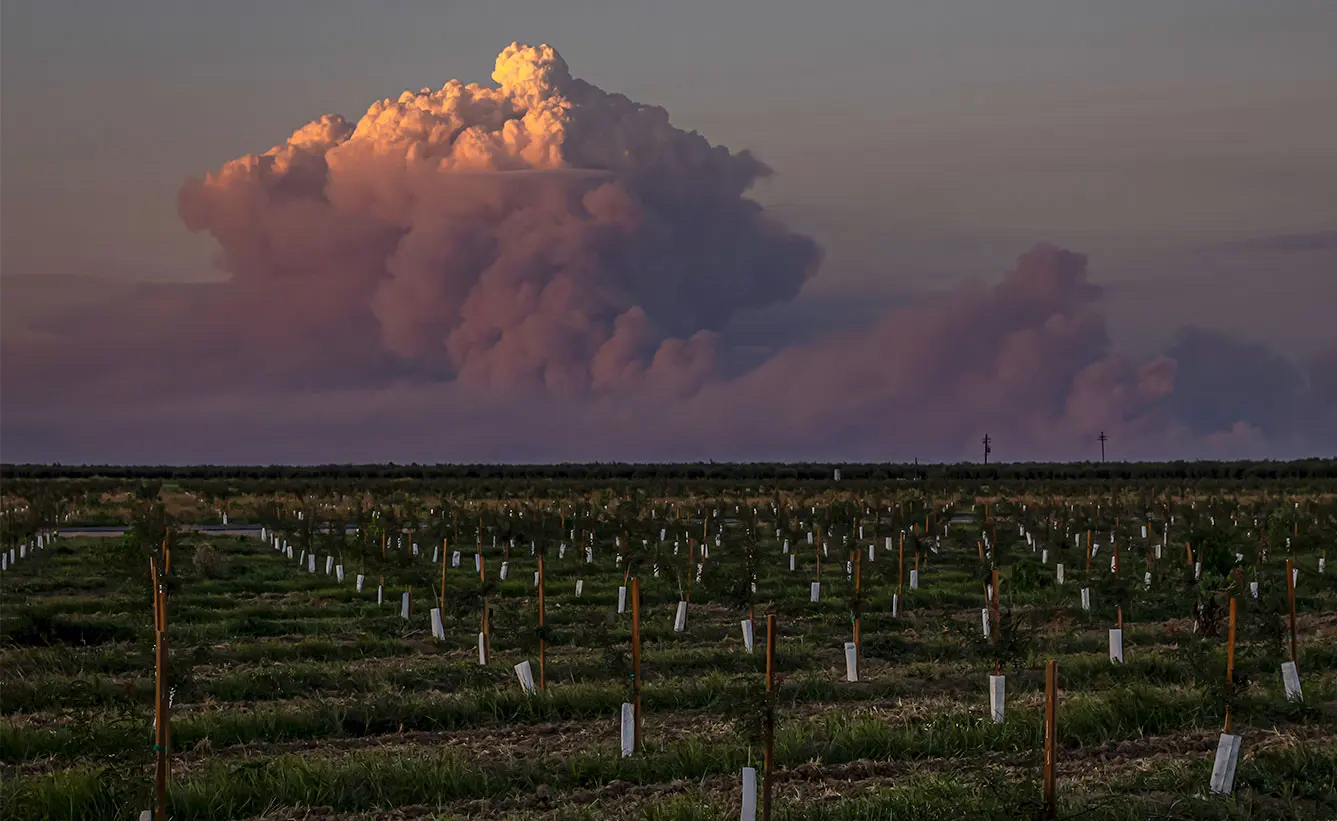The loss of water is associated with making things shrivel, but California’s five-year drought did the opposite to the state’s Sierra Nevada, according to a new study: It caused the mountains to expand.
The NASA-led study, published in the Journal of Geophysical Research: Solid Earth, found that water loss from the Sierra range’s rocks and soil caused nearly an inch (24 millimeters) of height increase between the drought years of October 2011 to October 2015.
According to Donald Argus of NASA’s Jet Propulsion Laboratory (JPL) in Pasadena, lead author on the study, more water was lost from cracks and soil within the mountain rock than hydrological models anticipated.
“This suggests that the solid Earth has a greater capacity to store water than previously thought,” he said in a statement.
This observation was bolstered by the fact that when the snows and rains returned over the last two years, the rocks in the range regained about half as much water as was lost during the drought, causing the mountains to fall about half an inch.
Some 1,300 GPS stations scattered across the mountain range, which runs north to south along interior California, measured the elevation changes. Water rests atop the Earth’s surface as if on a scale, and when significant water is lost—as it was during the recent drought—that weight is lifted, and the now-lighter mountains grow.
Between the drought years of 2011 and 2015, the researchers determined the mountain lost about 10.8 cubic miles of water, which is about 45 times as much water as Los Angeles uses in a year. That’s a lot of water, but unfortunately it’s too inaccessible for human purposes. It’d sure be nice if California just had a mountain of water to tap during tough times, which are likely to return soon as climate models predict the region will be getting hotter and drier for the most part.
JPL water scientist Jay Famiglietti, who also worked on the study, said the techniques they used will help them begin looking at other challenging mountain hydrology questions, such as if there is actually a lot of groundwater stored underneath the Sierra Nevada, and possibly other ranges of interest too.
“One of the major unknowns in mountain hydrology is what happens below the soil,” he said. “How much snowmelt percolates through fractured rock straight downward into the core of the mountain?”
Before this analysis, scientists suspected the main reason for the growth of the Sierra was either tectonic uplift, or extensive groundwater pumping in the nearby Central Valley. However, calculations showed that these two processes only accounted for less than a third of the total growth observed.
Meanwhile, decades of overpumping groundwater in California’s agricultural lands along the Central Valley has led to significant land subsidence, causing some areas to sink by close to 30 feet in the last 100 years. Another JPL study from earlier this year found that groundwater pumping has “irreversibly altered layers of clay beneath California’s Central Valley, permanently reducing the aquifer’s ability to store water.”
The San Joaquin Valley sunk almost three feet during the 2007 to 2010 drought alone.
What goes up must come down, or something like that.













